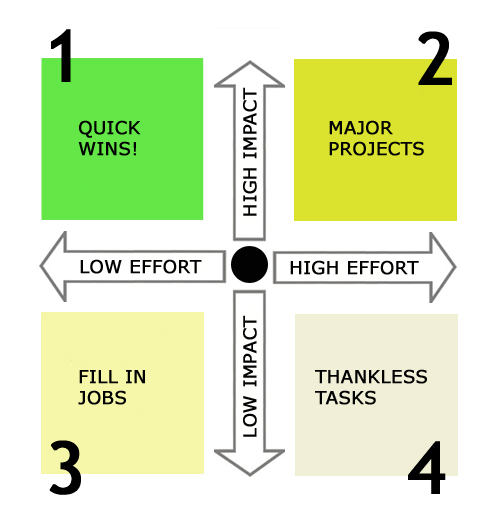Six Sigma project teams use Force Field Analysis to identify and assess the strength of forces that both support and constrain potential improvements in a current situation. The concept is based on the idea that any given situation is the equilibrium achieved between both driving and opposing forces.
For Six Sigma teams, Force Field Analysis offers a basic tool that they can use to assess the forces on both sides of a situation. Doing so helps them delve deeper into finding the root causes of problems, making it easier to eliminate them.
Why Conduct Force Field Analysis?
Force Field Analysis is most useful in situations where a business has a solution to a challenge and wants to assess both the motives that support making a change and the constraining forces that keep that change from happening.
In those cases, analysis allows a team to point to the supporting forces that offer reasons why a change is needed. They also can find the constraining forces that keep that change from happening.
How to Conduct Force Field Analysis
The first step in conducting Force Field Analysis is to bring together a team who brainstorm all the possible supporting and contrasting forces both inside and outside an organization that have an impact on a potential solution to a challenge.
The steps can work in the following ways:
- Agree on the goal the solution seeks to achieve.
- List all supportive forces that seek to move the situation from the current state to the desired one.
- List all constraining forces that seek to hold the current state back from moving into the desired state.
- Assign a number to indicate the strength of each force. Typically, they range from 1 (the weakest) to 5 (the strongest).
- Some put the forces in an arrow within a diagram, with the arrow indicated the strength of the force.
The focus is then on eliminating the constraining forces and encouraging the supportive forces.
An Example of Force Field Analysis
An example of Force Field Analysis involves a factory that wants to upgrade with new machinery. The supporting and constraining forces on both sides could look like this (with strength number in parentheses).
Supporting forces: customers want new products (4); raises volume of outputs (3); improves speed of production (2); lowers maintenance costs (1).
Constraining forces: loss of staff overtime (3); employees frightened of new technology (3); cost (3); environmental impact of new machinery and techniques (1); disruption of operations (1).
The strength of the constraining forces (11) is slightly more than the supporting forces (10). However, the Force Field Analysis gives the manufacturer clear factors they can address to change that balance.
The goal of Force Field Analysis is to encourage the supporting forces while finding ways to address the negative forces. In the above example, addressing the concerns of employees about working with new technology and analyzing the potential for environmental impact would address two core concerns.
Force Field Analysis gives teams a good starting point to find the root causes of what is holding back positive changes in a company, as well as isolating the supporting forces that give businesses good reasons to seek those changes.



